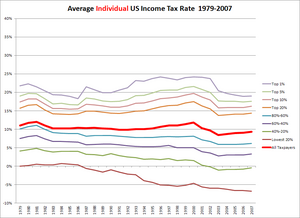Competition
This was originally an entry on VFXWages in January of 2010.. I've since uploaded it here, since it may get more relevant views. Some of this is specific to the former site, but the message is the same.
During times of economic instability, we often wonder if our jobs are secure. In the past article, one of our members gave us the current outlook as a Western supervisor living and working in China. His thoughts are eye opening, but how exactly will this help those of us in this Western economic recession? The majority reading are from the Western world, and at the very least, we are concerned for our own welfare. By looking into developing countries, we can anticipate where they might be going, and as a result, see what changes we can possibly make to compete.
Competition comes in many forms, but the predominant one that most of us are familiar with is the local competition. It's seldom that we up and move to entirely different countries, but when we do, we are competing with the local talent, which have a number of advantages over us.
1) Familiar and established relationship with companies
2) Solid base of operations
3) Understands local hourly and salary rates, and what to charge
4) Knows the local standard of living, what is necessary to live and get by
5) Work visas and permits unnecessary for employment
Some of these advantages will remain local advantages. Others, however, we can sway into our favor. One such way is understanding the rates of the region you are in. Through our wages system, you can specify which regions of the world you'd like to focus on. This is one small step in realizing your foreign worth. The much bigger step is settling on a price, not so much as just what you're worth, but also what you are capable of. Years of experience are generally the best way to determine what one can do in a production environment.
Many artists that start in the creative industries have no clue what they should be paid. This can have huge ramifications down the line, both on the employee and employer side. Employers can hire very junior artists for next to nothing, while said employee may work extremely hard to impress the employer for the next big thing. Established employees or contractors can do this very same thing, by charging more, delivering less quality work, or taking advantage of the employer by working longer hours to get a job done and billing more.
In reality, all these things happen frequently. What we aim to do here is help you, the artist, try and find the most appropriate rate for your professional years of experience and talent. The graphs that you see are culled from a plethora of artists, all professionals. As each year of experience increases, so does the hourly rate. You can use this information to tailor your job searches and interviews to the specific region and company. Keep in mind that asking for too high a rate may be detrimental to your career if you cannot deliver on the project. You may be able to bill for a large hourly contract rate now, but down the line, especially in this economy, employers are looking at how the talent can deliver more for less. If you are an established artist, it is much easier to ask for the same rate or more at a familiar company. If you're not an established artist, be prepared to hone and show off your skills in production, as that will be where your talent truly shines, and the rate you've asked for returns dividends for the employer. Professionals with years of experience know what their worth is, and can budget and deliver on time accordingly, while beginners are often not familiar with what it takes to complete a shot, and may spend more time working with it to achieve the correct result.



Leave a comment